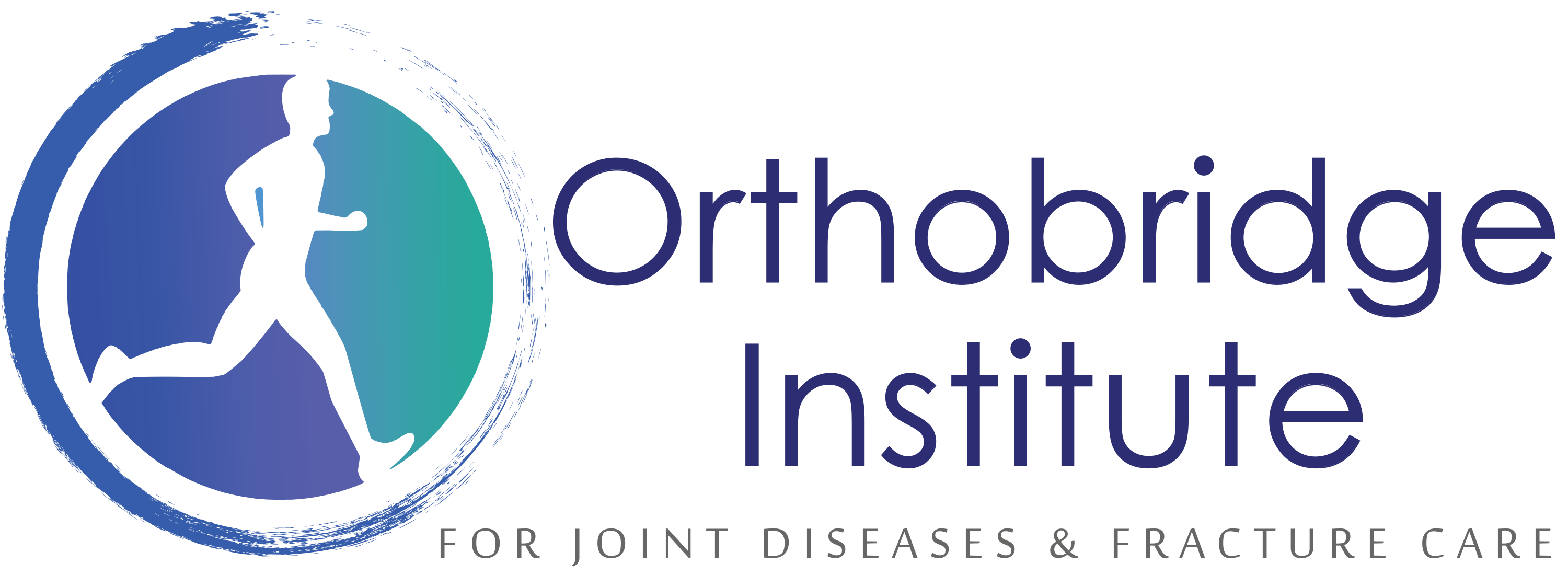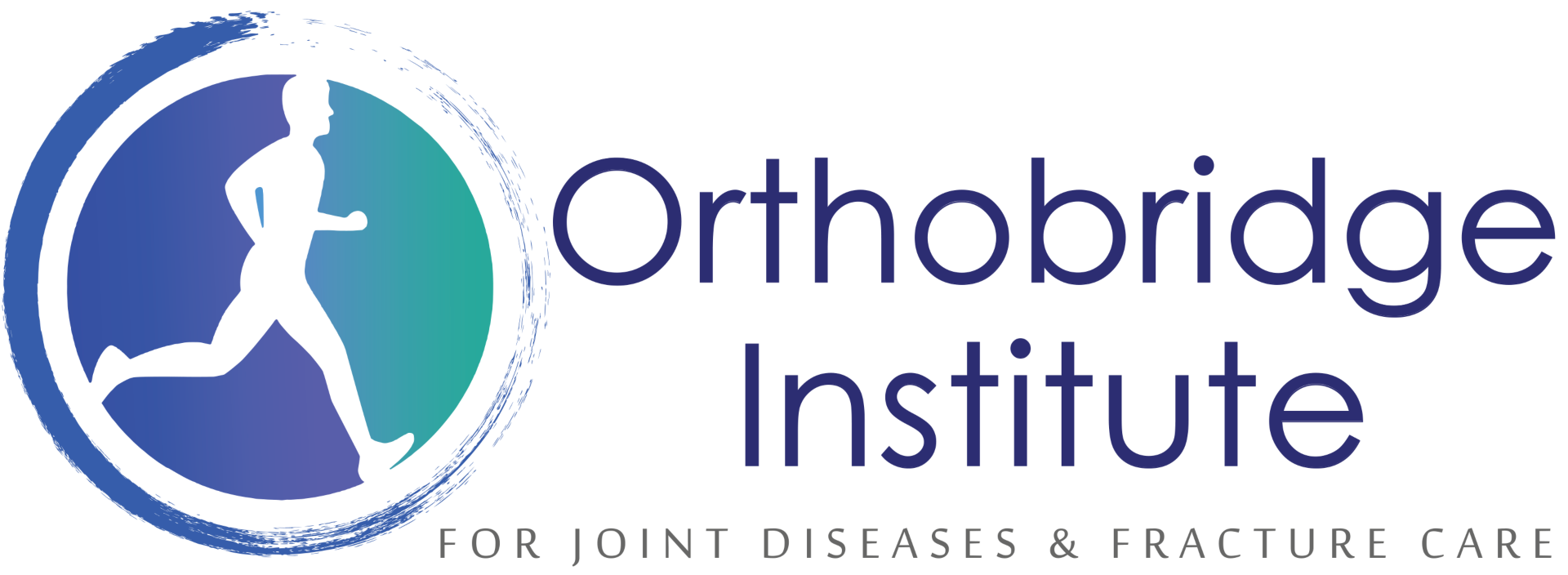Club Foot Treatment
Compassionate orthopedic care for your little one at Orthobridge Orthopedic Centre in Kenya.
Specialized Care for Club Foot
Club foot is a foot deformity in which one or both feet turn inward. It is medically known as Talipes Equinovarus.
This happens because the connecting structures between the leg and foot are short and too tight causing the foot to twist inward. Although this condition does not cause any pain, it can affect the physical appearance and the child’s ability to walk.
Clubfoot specialists in Kenya at Orthobridge Orthopedic Centre are devoted to the treatment of all pediatric orthopedic conditions.

At Orthobridge Orthopedics Center in Kenya, we treat clubfoot starting within the first weeks of your child’s life. In most of our patients, we are able to treat it successfully without surgery, enabling children to live normal, active lives.
What causes club foot?
Club foot is a relatively common deformity, affecting about one of every 1,000 newborns.
Despite a great deal of study, the exact cause of club foot in isolation is unknown.
There have been some indications of a genetic cause, but these haven’t been confirmed.
An abnormality of the tendons and ligaments in the foot causes an abnormal structure and position of the foot. In some children, bones may be abnormal in terms of shape, size, or position which may be linked to maternal smoking during pregnancy.

Who is at a risk of developing club foot?
Risk factors may include:
- a family history of the disorder and being male.
- genetic syndromes, such as Edwards syndrome.
- neuromuscular disorders, such as cerebral palsy and spina bifida
- oligohydramnios (a decreased amount of amniotic fluid surrounding the fetus in the uterus) during pregnancy
What are the symptoms of club foot?
Club foot is painless in a baby, but it can eventually cause discomfort and become a noticeable disability. Club foot is easy to recognize. The key identifying features are:
- tightening of the Achilles tendon (heel cord)
- inward turning of the front of the foot
- downward-pointing toes
- resting of the foot on its outer border
- abnormal shape of the foot
- rigidity and other changes in the movements of the foot

How is clubfoot diagnosed?
From the moment of diagnosis, our lead orthopedic surgeon provides education and support to your family and ensures that your child receives immediate and effective care.
Most commonly, a specialist recognizes clubfoot soon after birth just from looking at the shape and positioning of the newborn’s foot.
Occasionally, the doctor may request X-rays to fully understand how severe the clubfoot is, but usually, X-rays are not necessary
It’s possible to clearly see some cases of clubfoot before birth during an ultrasound exam.
While nothing can be done before birth to solve the problem, knowing about the condition may give you time to learn more about clubfoot. It can also help you plan on how to get in touch with appropriate health experts, such as a genetic counselor or an orthopedic surgeon.

Clubfoot Treatment
When treatment for clubfoot starts soon after birth, the foot grows to be stable and positioned to bear weight for standing and moving comfortably.
A child’s well-treated clubfoot is very functional, enabling the child to run and play freely. Clubfoot is serious only if it’s left untreated because the condition progresses and limits the child’s mobility.
A newborn’s bones, joints, and tendons are very flexible, therefore, treatment for clubfoot usually begins in the first or second week after birth.
The goal of treating clubfoot at Orthobridge Orthopedics Institute is to successfully make the infant’s clubfoot (or feet) functional, painless, and stable by the time he or she is ready to walk. Our pediatric orthopedics Col (Dr) Adari handles each child with an emphasis on non-surgical treatment first in hopes of preventing long-term disabilities.

Restoring Form and Function to Young Feet
Nonsurgical treatments such as casting or splinting are usually tried first. The foot (or feet) is moved (manipulated) into the most normal position possible and held (immobilized) in that position until the next treatment. This manipulation and immobilization procedure is repeated every 1 to 2 weeks for 2 to 4 months.
The two common methods of manipulation and casting are the “traditional” and the Ponseti methods, where one position of the foot is treated at a time. Usually, the inward direction of the front of the foot is corrected first.
If your baby’s clubfoot is severe or doesn’t respond to nonsurgical treatments, more invasive surgery may be needed. An orthopedic surgeon can lengthen tendons to help ease the foot into a better position.
After surgery, your child will be in a cast for up to two months, and then need to wear a brace for a year or so to prevent the clubfoot from coming back.
Hear from some of our patients
Out of country patients
Because of Col (Dr) Adari’s extensive training and experience in elbow arthroscopy, patients travel from all areas of the world for their elbow arthroscopy in Kenya.
If you are an out of the country patient, feel free to let us know so we can accommodate an appropriate time for your consultation with Col (Dr) Adari.
Col (Dr) Adari is known as a top-rated orthopedic & trauma surgeon for elbow arthroscopy in Nairobi, Kenya, and across East Africa, Central Africa, and West Africa.
If you are work – traveling expatriate on diplomatic missions, feel free to contact us so we can accommodate an appropriate time best suited to you for your consultation with Col (Dr) Adari.
Contact us today to reserve your consultation, we are more than happy to assist you with any queries you may have prior to seeing the doctor.
Our Affiliations





















